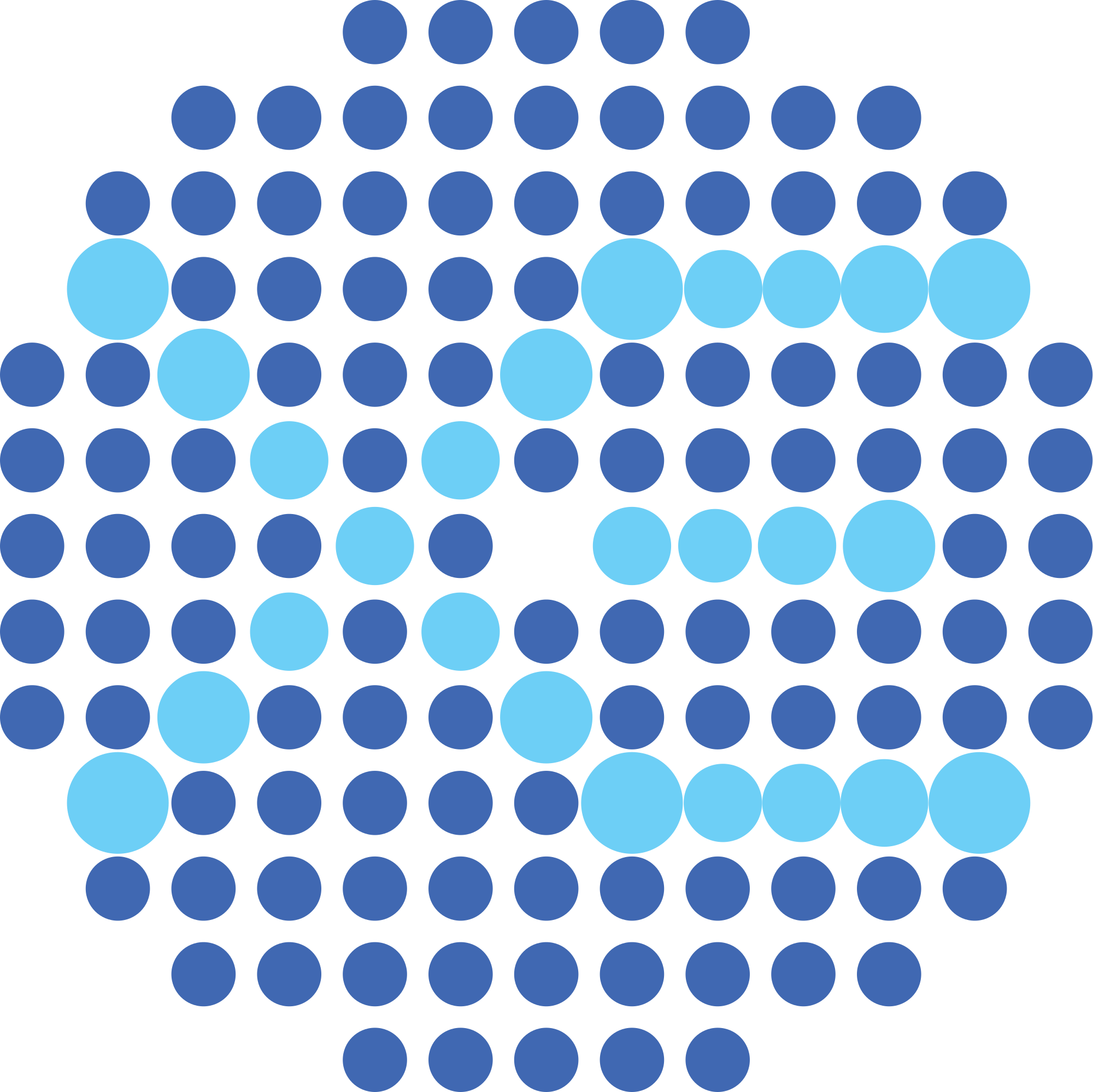Latest XENON1T results at ICHEP2018 in Seoul
The XXXIX International Conference on High Energy Physics (ICHEP2018) was taking place from July 4 – 11, 2018 in Seoul, Korea. After a warm welcome in this modern and traditional metropolis with over 10 million citizens, I was invited to present the recent results from XENON1T in a Dark Matter parallel session. Here is one […]
Modeling and statistical analysis of the XENON1T data
On May 31st 2018, XENON1T released the result of a search for dark matter interacting with xenon atoms using an exposure of 1 tonne-year. Papers presenting the scientific results are written to be brief, and communicate the most important information to the scientific community. Therefore, many details of the instrument, reconstruction of events and analysis […]
Constraining the spin-dependent WIMP-nucleon interaction with XENON1T
Since we don’t know how dark matter interacts with more familiar particles, we have to break up our search for weakly interacting massive particles (WIMPs) in terms of their possible interactions with xenon nuclei. While many complex interactions are possible, we generally start with two simple cases: WIMP-nucleus interactions that don’t depend on the nuclear […]
Observing the Rarest Decay Process Ever Measured
[Press Release April 2019 – for immediate release. Paper published in Nature and preprint on the arxiv.] The universe is almost 14 billion years old. An inconceivable length of time by human standards – yet compared to some physical processes, it is but a moment. There are radioactive nuclei that wdecay on much longer time […]
Signal Reconstruction, Calibration and Event Selection in XENON1T
Since the first release of dark matter search results based on the 1 tonne-year exposure of the XENON1T experiment, the collaboration has published more WIMP signal searches based on the same dataset. Those articles are usually written in a brief way and are focusing on the communication of the scientific results. In order to give […]
Search for light dark matter interactions enhanced by the Migdal effect in XENON1T
When a particle elastically scatters off a xenon nucleus, it has been assumed that electron clouds immediately follow the motion of the nucleus, but in reality it takes some time for the atomic electrons to catch up, resulting in ionization and excitation of the atom. This effect is called the Migdal effect, which was predicted by A. B. Migdal and recently reformulated […]
The XENON1T Data Acquisition System
Featuring several kilometers of cables, dozens of analog electronics modules, crates of purpose-built specialty computers, and backed by a small server farm, the XENON1T data acquisition system (DAQ) was designed to put our data onto disks. The XENON Collaboration recently published a technical paper on our DAQ in JINST, of course also available on arXiv. […]
Light Dark Matter Search Results from XENON1T
XENON1T recently released a preprint with new world-leading constraints on light dark matter particles. The challenge of light dark matter The XENON1T detector aims find the signals of dark matter bouncing off xenon atoms. If such a collision happens, it produces two signals: a small light flash (S1), and a cloud of free electrons that […]
The XENON1T Data Acquisition System
Featuring several kilometers of cables, dozens of analog electronics modules, crates of purpose-built specialty computers, and backed by a small server farm, the XENON1T data acquisition system (DAQ) was designed to put our data onto disks. The XENON Collaboration recently published a technical paper on our DAQ in JINST, of course also available on arXiv. […]
Search for light dark matter interactions enhanced by the Migdal effect in XENON1T
When a particle elastically scatters off a xenon nucleus, it has been assumed that electron clouds immediately follow the motion of the nucleus, but in reality it takes some time for the atomic electrons to catch up, resulting in ionization and excitation of the atom. This effect is called the Migdal effect, which was predicted by A. B. Migdal and recently reformulated […]
